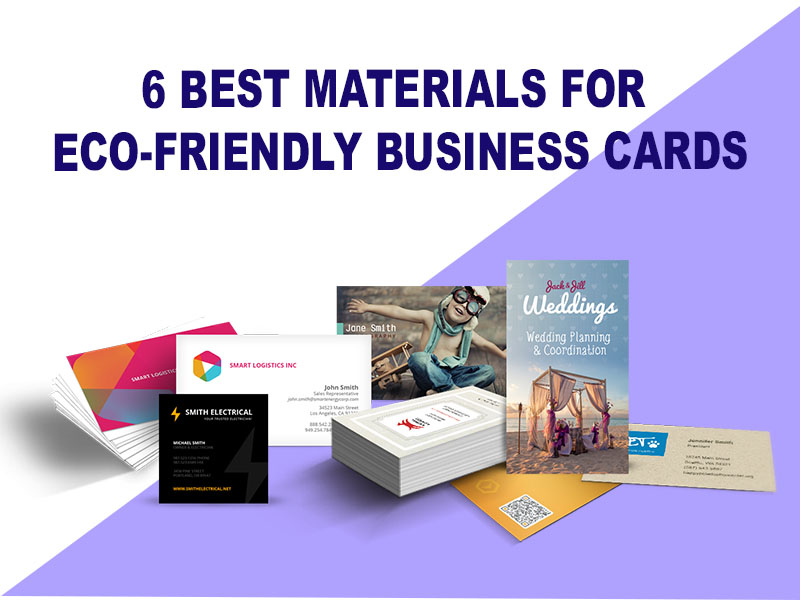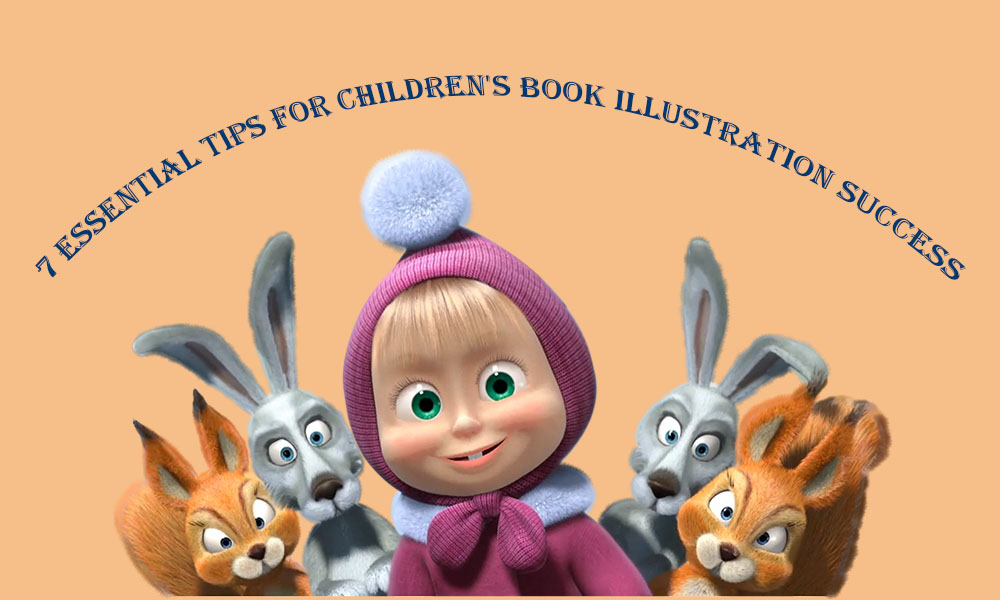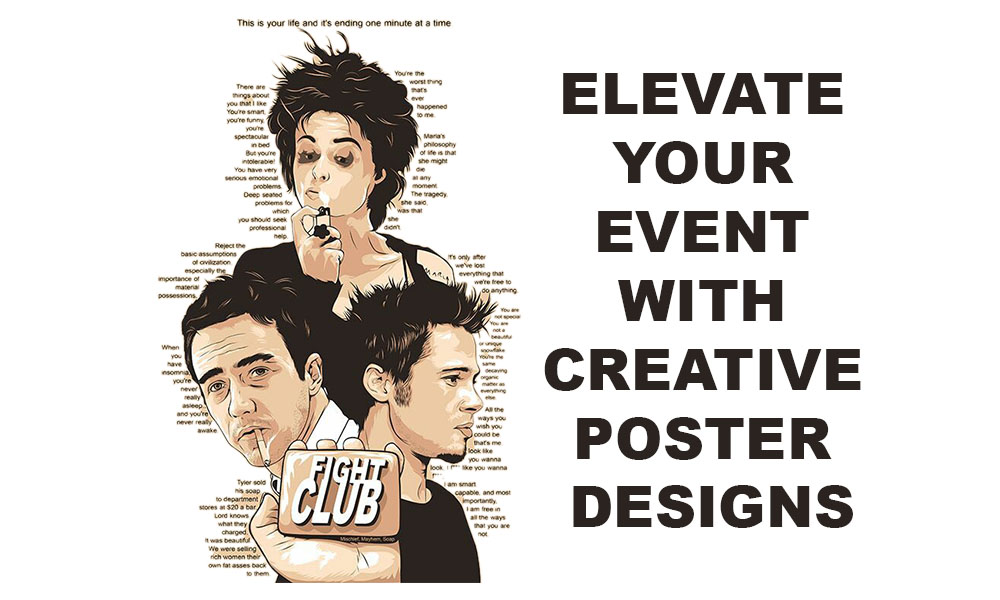Your business card should convey more than just your name in the environmentally conscious world of today; it should also convey your ideals. Eco-friendly business cards are evolving into a statement rather than just a fad. Selecting the appropriate material has a significant influence, regardless of whether you’re a green startup or an established business trying to become more sustainable. Let’s examine the top six eco-friendly business card materials that strike a balance between sustainability, style, and making a good first impression.
The Significance of Eco-Friendly Business Cards
The Effects of Conventional Business Cards on the Environment
Let’s discuss numbers. Conventional business cards are created using virgin paper that has frequently been chemically treated and bleached. Millions of trees are cut down, gallons of water are wasted, and tons of carbon are emitted every year as a result of the more than 100 billion business cards that are printed. The majority of these cards wind up in the garbage, which negates the entire point of recycling paper.

Perception of Brands and Sustainability
Consumers are more attracted to companies that share their values. Giving someone a sustainable business card conveys your concern in a subtle yet impactful way. It immediately establishes you as progressive and ecologically conscious. Since your business card frequently serves as a person’s initial physical impression of your company, why not make the most of it?
Paper that has been recycled
Why Is It Environmentally Friendly?
The poster child for environmentally friendly printing is recycled paper. It repurposes materials that would otherwise end up in landfills by being made from post-consumer waste such as cardboard, newspapers, and used office paper. Compared to making virgin paper, it uses a lot less energy and water and lessens deforestation.
Flexibility in Design and Print Quality
Don’t assume that recycled paper is of inferior quality. Contemporary recycled stocks are clean, smooth, and work well with superior printing methods. To add a unique feel to your card, you can pick for textured textures in addition to matte or glossy finishes. It’s perfect for rustic and minimalist designs, particularly if you want to convey a sense of “greenness.”
Paper made of cotton
Derived from waste textiles
Have you ever considered making a business card out of an old T-shirt? Reclaimed cotton fibers, primarily from clothing industry waste, are used to make cotton paper. Because it doesn’t use any tree pulp and keeps textile waste out of landfills, it’s one of the most environmentally friendly paper varieties on the market.
Elegant Feel and Gentle Texture
Cotton paper exudes a certain air of elegance. It is quite resilient, velvety to the touch, and thick. This makes it ideal for professionals wishing to make a sophisticated statement or for luxury companies. Additionally, it manages printing and embossing flawlessly, allowing you to indulge in high-end finishes without compromising the environment.
Paper for Seeds
Seed Paper: What Is It?
In the realm of environmentally friendly business cards, seed paper is a show-stopper. Yes, real seeds are contained in the biodegradable paper! The card breaks down in soil and develops into flowers, herbs, or even crops. A lasting impact, huh?
How Plants Develop From It
Usually, recycled materials are combined with plant or wildflower seeds to create this kind of paper. After using your card, the recipient can plant it in soil and soak it in water. Your card is changed from a straightforward contact information to an unforgettable eco-gift through an interactive experience. Ideal for florists, eco-brands, and businesses that sell sustainable goods.
Paper made by Kraft
A Natural Feel with a Rustic Style
Kraft paper has a coarse texture and an earthy brown color since it is created from unbleached pulp. It is renowned for its unprocessed, natural look, which can give your brand identity a hip, handmade vibe. It shouts genuine, eco-friendly, and handcrafted.
Long-lasting and biodegradable
Additionally, kraft paper is recyclable and 100% biodegradable. It complements bold writing, simple logos, and dark inks beautifully and is durable enough to endure normal handling without tearing. Kraft paper could be the perfect choice if you’re in the handcrafted, organic, or local food industry.
Paper Made With Bamboo
Quickly Renewing Resources
Bamboo may grow up to three feet every day! Bamboo grows swiftly and doesn’t require replanting, in contrast to trees, which might take decades to reach maturity. It is a superstar in the field of renewable resources because of this.
Distinct Strength and Texture
Bamboo paper differs from other papers in that it feels soft and fibrous. It is powerful, has inherent antibacterial properties, and leaves a great impression just by touch. Bamboo gives you an advantage while keeping things green if you want your card to feel different, physically. Excellent for eco-consultants, holistic health brands, or designers looking to make a statement.
Veneer wood
Slender Bits of Genuine Wood
Ultra-thin layers of actual wood, frequently from forests that are properly managed, are used to make wood veneer cards. Veneer maintains that rich, wooden look while being lighter and less expensive than thicker hardwood cards.
An Opulent and Sustainable Choice
Not only are they gorgeous, but when sourced properly, they are renewable and biodegradable. Every card has a different wood grain, which gives your design a sense of individuality. For optimal effects, use laser engraving to create a piece that feels more like a memento than a disposable one.




